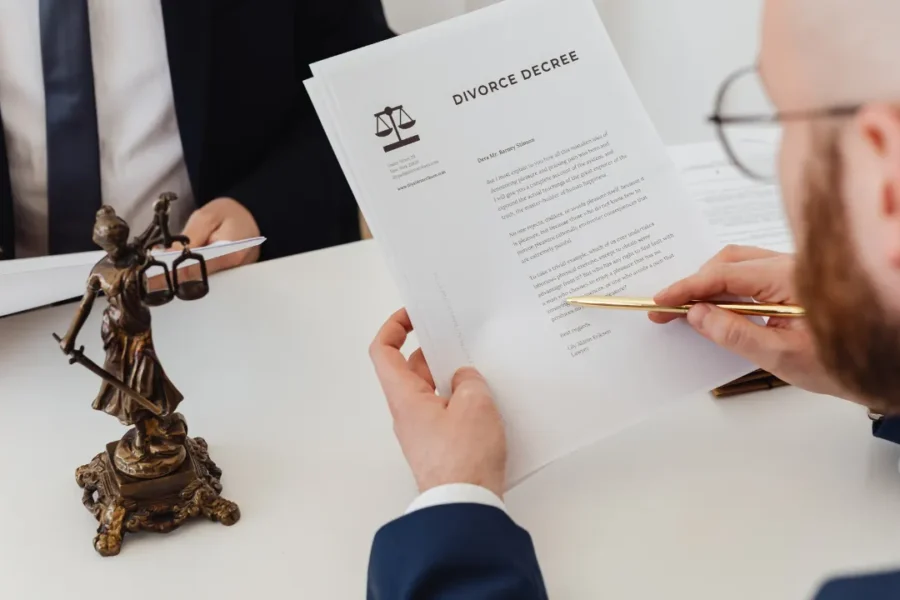Table of Contents
Why This Profession Matters
I often hear people ask why someone would need a Personal Injury Lawyer after an accident. The truth is, when injuries happen, life can turn upside down. These professionals help individuals get compensation for medical bills, lost wages, and emotional suffering. They stand beside people during tough times and make sure no one feels powerless against large insurance companies or corporations.
A Glimpse Into History Of Personal Injury Lawyer
We sometimes forget that injury law was not always clear. The early English law books by Glanvill and Bracton never mentioned negligence. It wasn’t until the 1700s that the idea began to appear, and only in 1932 did Donoghue v.
Stevenson define negligence clearly with the “neighbor principle.” From there, cases like the Bolam Test in the 1960s and Bolitho in 1998 shaped how courts treat medical negligence. These milestones built the foundation for today’s practice.
What They Actually Do

They don’t just show up in courtrooms. Instead, their work begins with listening to clients, gathering evidence, and filing claims. They negotiate with insurers and, when needed, prepare cases for trial. Most of these claims settle outside court, saving time and stress. A big part of their job is to prove negligence using five elements:
- A duty of care must exist.
- That duty must be breached.
- The client suffered actual loss.
- The loss must be directly linked to the breach.
- The injured person must not have contributed in a way that blocks the claim.
Types of Claims They Handle
We may think car crashes are the only type of case, but that’s far from true. These lawyers manage a wide range of claims, such as:
- Road accidents involving cars, bikes, or pedestrians.
- Workplace injuries from machinery, unsafe conditions, or lack of training.
- Slip-and-fall accidents in shops, schools, or public spaces.
- Medical malpractice, including surgical errors or misdiagnosis.
- Defective product injuries.
- Wrongful death lawsuits.
- Property damage disputes.
- Assault-related injury claims.
Complexities Behind Each Case
These cases may look simple, but challenges hide in the details. For example:
- Car accidents: Determining fault and negotiating with insurers is tricky.
- Slip-and-fall: Proving the owner’s negligence requires careful evidence.
- Medical negligence: Lawyers must understand medical standards and causation.
- Product liability: It’s hard to pinpoint whether the maker, seller, or distributor is responsible.
How Compensation Works

They fight to recover both economic and non-economic damages. This includes:
- Medical bills and rehabilitation costs.
- Lost wages and reduced earning ability.
- Pain and suffering damages.
- Emotional distress and loss of enjoyment of life.
- Property damage, such as repairs to cars.
- Support for family members in wrongful death cases.
The amount depends on injury severity, future impact, and insurance coverage.
Payment Structures Explained
We know legal costs can scare clients, but these lawyers often work on a contingency fee basis. That means:
- They only get paid if the client wins.
- The standard rate in the U.S. is about 33%.
- It can rise to 40% after a lawsuit begins and 45% if it reaches trial.
- Some firms mix salary and performance, like offering $100,000 base plus 7% of settlements.
This system makes legal help accessible to people who cannot afford upfront costs.
Career Path and Earnings
Starting this career is a journey. In the UK, one can qualify through the SQE exam and two years of work experience, or by taking the LPC and a training contract. To become a barrister, further study and pupillage are required. Advanced studies in medical law or insurance law can boost specialization.
When it comes to pay:
- New lawyers begin around £32,000.
- Average solicitors earn about £37,500.
- With experience, the salary rises to £45,000–£65,000.
In the U.S., the earnings depend heavily on contingency fees and firm success.
Professional Communities and Support

These lawyers rarely work in isolation. Organizations like:
- APIL in the UK, founded in 1990.
- AAJ in the U.S., founded in 1946.
- CAALA in Los Angeles.
- PIBA in the UK.
They provide training, networking, and advocacy support. For students, resources like LawCareers.net and The Lawyer magazine offer valuable career insights.
Leading Firms in the UK
If someone is searching for reputable representation, names like Slater Heelis, Bond Turner Limited, Ashtons Legal, or Ocl Solicitors Limited often appear. These firms are well-established and handle a wide range of claims.
Everyday Impact on Society
We sometimes underestimate how much these professionals shape fairness. During World War II, more civilians in the U.S. died in accidents than soldiers in combat. This reality showed how vital accident law became in protecting lives. Even today, they hold companies accountable, push for safer workplaces, and ensure patients receive proper medical care.
Final Thoughts
We can see that a personal injury lawyer is more than just a courtroom figure. They blend compassion with legal knowledge, guiding injured people through stressful times. They make justice accessible by working on contingency fees, fighting for fair settlements, and shaping safer societies. If anyone ever faces an accident or injury, reaching out to a qualified professional can mean the difference between being left alone with bills and securing rightful compensation.
References
- Addison, C. (1860). Law of Torts.
- Bracton, H. (13th Century). De Legibus et Consuetudinibus Angliae.
- Comyns, J. (1762–67). Digest of the Laws of England.
- Donoghue v. Stevenson [1932] AC 562 (House of Lords).
- Bolam v. Friern Hospital Management Committee [1957] 1 WLR 582.
- Bolitho v. City and Hackney Health Authority [1998] AC 232.
- Association of Personal Injury Lawyers (APIL). (1990). Nottingham, England.
- American Association for Justice (AAJ). (1946, renamed 2007).
- Robert Wood Johnson Foundation. (2011). Medical Liability Costs Study.
- Texas Bipartisan Study. (2012). Impact of Tort Reform on Healthcare Costs.
- Totaljobs.com. (2023). Average Salaries for Personal Injury Solicitors in the UK.
- U.S. American Bar Association (ABA). Contingency Fee Guidelines.
- The Lawyer. Personal Injury Practice News and Updates.
- LawCareers.net. Pathways to Becoming a Solicitor.
- Chambers and Partners Student Guide. Careers in Law.
- Target Law. Career Advice for Future Lawyers.
- Easthams Solicitors Limited. Firm Information.
- Slater Heelis. Personal Injury Services.
- Bond Turner Limited. Legal Services Overview.
- Ashtons Legal. Personal Injury Department.
FAQs
What does a personal injury lawyer do?
They help clients get compensation for injuries caused by accidents, negligence, or malpractice.
How do personal injury lawyers get paid?
Most work on a contingency fee, meaning they only get paid if the client wins.
Q3. What types of cases do they handle?
They cover car crashes, workplace accidents, medical errors, product defects, and wrongful death claims.
How much does a personal injury lawyer earn?
New lawyers start at about £32,000, while experienced ones can earn £45,000–£65,000.
Do most cases go to trial?
No, most personal injury cases are settled out of court before trial.






